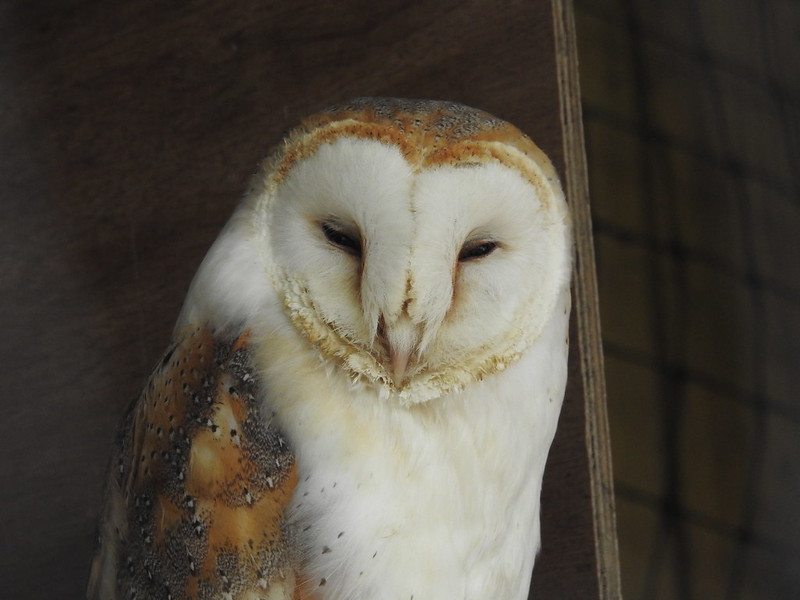What are some interesting facts about owls?
- There are two main families of owls, Tytonidae and Strigidae. Tytonidae is the family of barn owls, composed of twenty species, most of which have heart-shaped faces and black eyes (Barn Owls, Masked Owls, Grass Owls, Sooty Owls, and Bay Owls which are a separate genus). Strigidae includes all other species of owls, 220 species.
They look like ghosts, don’t they? I think they’re beautiful.
- Owls’ facial disks are designed to funnel sound to their ears, which are asymmetric. This makes their hearing especially acute.
- Owls became associated with wisdom for two reasons—one is that their large eyes make them look wise (which is ironic since their large eyes leave less room for their brains), and the other reason is that they were associated with Athena, the goddess of wisdom. This association comes from the sheer amount of Little Owls (Athene noctua—great name, right?) in Athens.
- Like cats and ravens, folklore around owls is very mixed. In some cultures they were associated with gods like Athena, in others, they were omens of death and harbingers of doom. They aren’t as intrinsically associated with witches as cats are, but still. The Hebrew name “Lilith,” referring to a demoness, means “screech owl.” In Welsh mythology, the goddess Blodeuwedd (bluh-DIE-weth, “flower face”) was transformed into an owl so that she would be shunned and forced to be nocturnal.
- The rarest owl in the world is the Blakison’s Fish Owl (Bubo Blakiston), which is also the largest owl in the world. It lives in East Asia but is critically endangered.
- In the Harry Potter films, Hedwig was portrayed by a male Snowy Owl. The females have dark spots to blend in with their nests.
- Most kinds of owls swallow their prey whole and cough up a “pellet” made of the bones, teeth, and fur that the owl couldn’t digest. You can learn almost everything about an owl’s diet by analyzing its pellets. Pellets are a telltale sign that owls are around.
- owls make all kinds of different sounds. Great Horned Owls make the characteristic “Who-whoooo, whooooo, whoooooo” hooting sound, but most other species don’t. Barred Owls make a “Whooo, whooo, who-whooo” hoot that sounds vaguely like “Who cooks for you?” Screech Owls don’t really screech, but a weird kind of warble. Boreal Owls make a pretty whistling sound. Snowy Owls make the a lot of weird sounds , like “cheeeeeiirrrp, cheep cheep! ehk-ehk-ehk-ehk-ekh.” On the other hand, Barn Owls make a truly terrifying shriek that adds to their spooky semblance (seriously, they sound a bit like Nosk from Hollow Knight).
- I got to hold a barn owl (Tyto alba) in Glastonbury, England when I was eleven. It was the best moment of my life.

Comments
Post a Comment